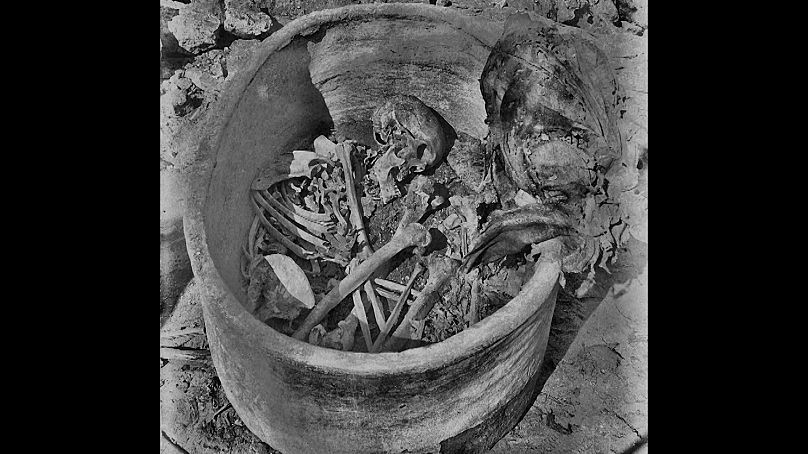A 4,600-year-old skeleton discovered in a sealed tomb in Nuwayrat, Egypt, has revealed the first genetic evidence of ancient migration between Egypt and Mesopotamia.
Scientists sequenced the man's full genome from powder extracted from one of his teeth, marking a breakthrough in understanding early human movement in the ancient world.
The research, published in Nature, ties this individual to a pivotal period in Egyptian history - around the time of the Old Kingdom and the construction of the Great Pyramid of Giza.

While the majority of the man's DNA links to North Africa, around 20% is genetically connected to Mesopotamia’s Fertile Crescent - an area between the Tigris and Euphrates Rivers where early civilisation flourished.
This supports long-standing archaeological theories of trade and cultural exchange between the two regions. Until now, suspected connections were based on shared pottery styles and similar writing systems, but this is the first direct genetic confirmation of people moving between them.
Scientists say more ancient DNA samples are needed to map the full scale and timeline of early human migration across the region.







